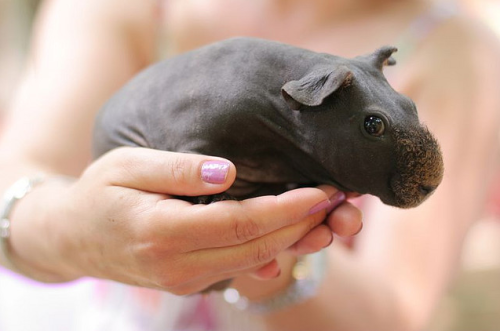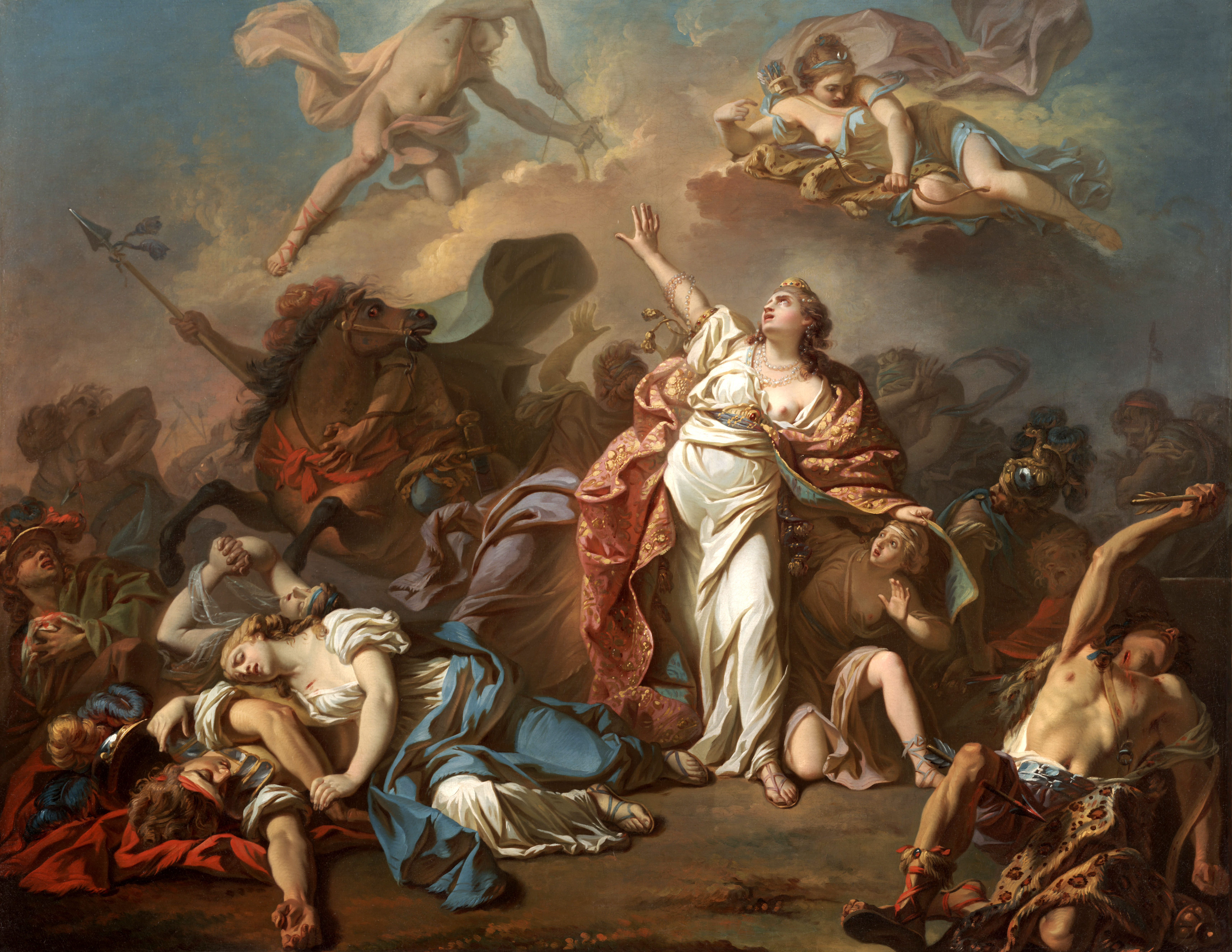The Fable of the Porcupine
It was the coldest winter ever, many animals died because of the cold.
The porcupines, realizing the situation, decided to group together.
This way they covered and protected each other.
But the quills of each one wounded their closest companions even though they gave off heat to each other.
After awhile they decided to distance themselves one from the other and they began to die, alone and frozen.
So they had to make a choice:
Either accept the quills of their companions or disappear from the Earth.
Wisely, they decided to go back to being together.
This way they learned to live with the little wounds that were caused by the close relationship with their companion.
But the most important part of it was the heat that came from the others.
This way they were able to survive.
The Moral of the Story: The best relationship is not the one that brings together perfect people, but the best is when each individual learns to live with the imperfections of others and can admire the other person’s good qualities.
There, now isn't that a lovely story? It also has a good message, if you're in a 'perfect' relationship, then maybe you need to consider if it's a real relationship or if you're just keeping your head above the water. This doesn't only count for romantic relationships either, if you and a friend never, ever argue then perhaps you need to reevaluate your friendship. After all, how can you get to know a person if you don't know about their quills?
~ Australian Kiwi












